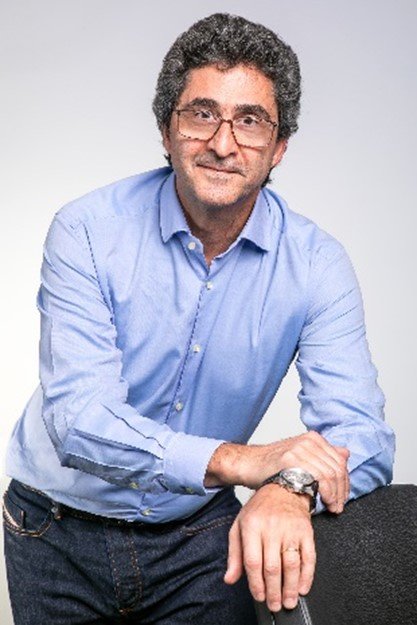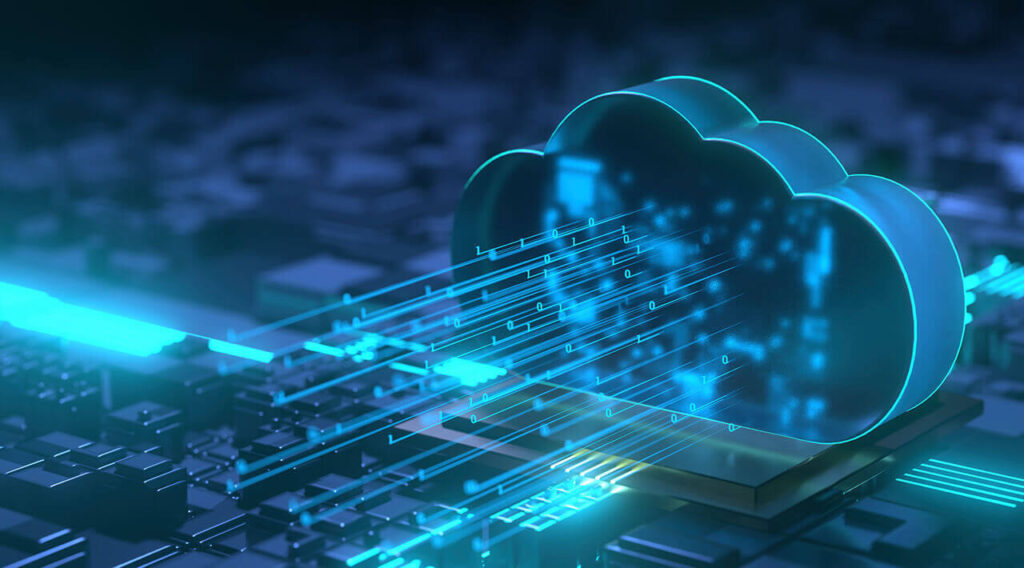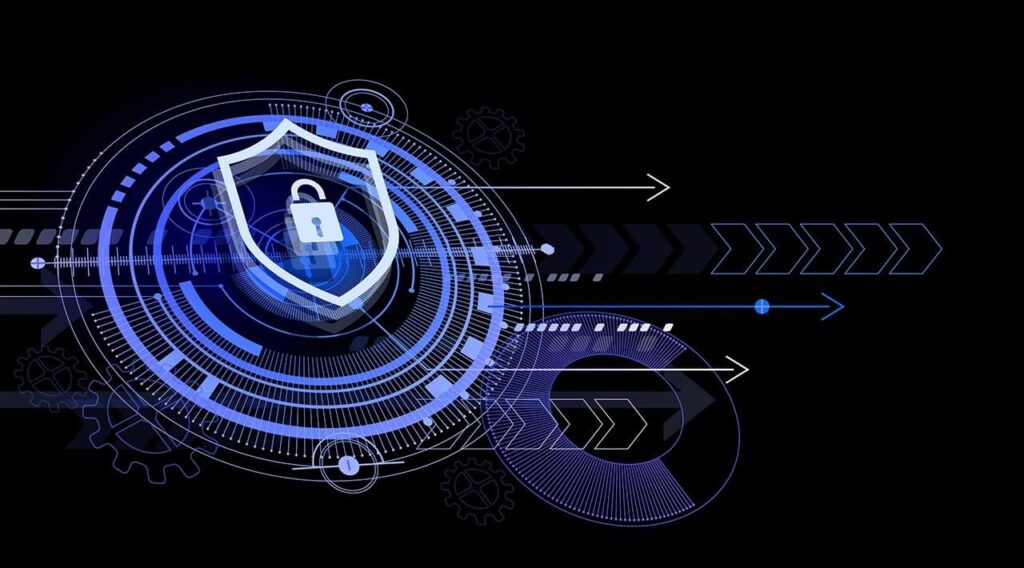As people discuss on ESG (Environment, Social and Governance) matters and consumers pay more attention to sustainability issues, there is a growing need for companies to implement actions in this regard.
On the other hand, the significant increase in the amount of data produced worldwide on a daily basis, is constantly driving the demand for data centers. However, these structures must not remain stuck in the past. Demand for sustainable data centers is expected to grow more than 14% by 2032[i], as a result of long-term profitable investment thinking, improved ROI and public pressure for sustainability.
Development and use of sustainable data centers then became a main issue for companies, in order to have operations and use of their resources optimized, aligned with a wave of environmental, political and economic challenges.
Sustainable Data Center and their low carbon footprint
Data centers are used by organizations and cloud service providers to store an unlimited amount of data. Considering the amount of computing equipment in a same room, high demand for energy is imaginable, as well as the demand for water, for adequate cooling.
A sustainable data center has in turn a structure designed to minimize use of these and other resources, with eco-friendly technologies. The choice of clean and renewable energy sources, such as solar, hydroelectric and wind, are some of the measures implemented in addition to low-consumption cooling systems and low-carbon emission control in operations.
In fact, carbon neutrality is a hot topic at the time of designing and implementing new data centers, aimed at preserving the environment and biodiversity, which is also reflected in the proper disposal of unfit-for-use equipment.
One metric for each point of care
In terms of priorities to measure a sustainable data center efficiency, implementing sustainability objectives is imperative and useful for companies. Measuring social and environmental impact of operations allows companies to develop results-oriented plans, more aligned with their purpose.
Thus, ESG-related business actions and decisions are currently guided by the following indicators:
- Water Usage Effectiveness (WUE);
- Carbon Usage Effectiveness (CUE);
- Space Usage Effectiveness (SUE);
- Grid Usage Effectiveness (GUE);
- Power Usage Effectiveness (PUE).
These indicators allow optimization of all resources, which can be monitored and improved over time, creating savings and controlling the impact of actions.
Although these indicators are the result of theoretical evaluation of what makes sense to measure, in practice only the PUE has been used on a large scale. And this so because we are dealing with complex measurements, which do not provide much additional information to the current scenario. As ESG actions advance across the segment, other measures should begin to appear more frequently.
Invest now to reap the benefits later
Although sustainable data centers call for greater investment in their construction and implementation, their return is not only environmental overall –their total cost of ownership (TCO) is lower, and their management is more cost-effective.
This is because their facilities are capable of maintaining a high level of operations over time, further assisted by predictive maintenances increasingly available in the market. Additionally, government incentives for building environmentally friendly data centers and the rising cost of energy, the sooner migration to the sustainable model is made, the better.
At Cirion, for example, this concern is followed to the letter. Ultimately, we continue working to decarbonize our operations in Latin America, aiming to achieve zero emissions by 2050. To accomplish this, we are using data centers with electrical energy supplies from renewable sources, as well as the latest hardware technologies to ensure low latency and data flow security when operating at higher temperatures. Therefore, they require lower cooling spending.
So, when looking for a partner who understands the IT challenges of our region and offers an infrastructure that is not only secure but more sustainable, count on Cirion.
[i] According to Persistence Market Research.

Author:
Rodrigo Oliveira
Business Director – Data Center, Cloud & Security
Cirion, Brazil
With over 30 years of experience at the Data Center and Telcos segment, Rodrigo provides Cirion’s customers with the necessary guidance to leverage technology for business expansion. He worked for several multinational companies in Brazil and contributed to build Diveo’s operation in the country. He was as well President of UOL Diveo’s unit in Colombia, while performing the affiliate sale to Riverwood/Synapsis. He also directed Matrix Datacenter.










